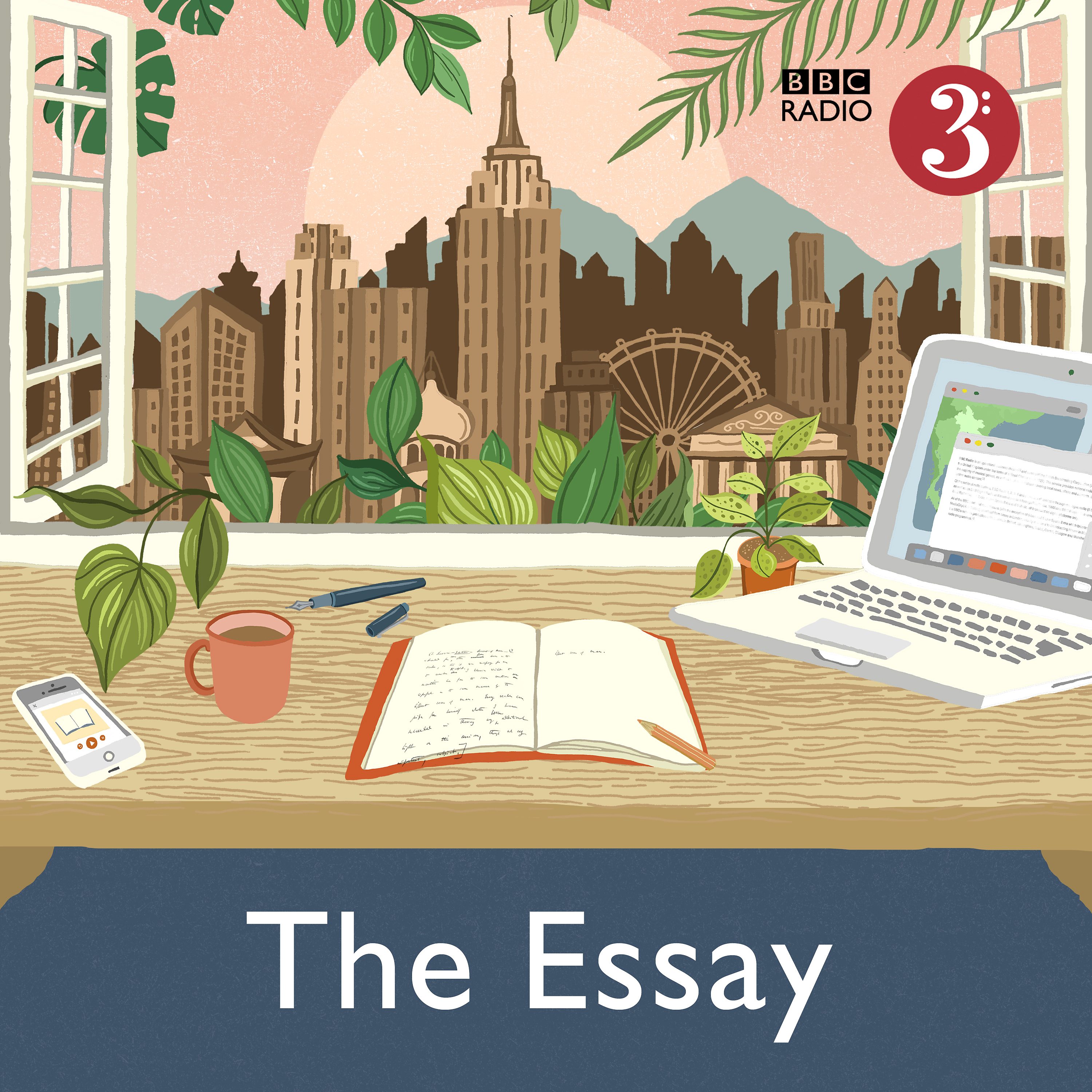- Culture
- SEE MORE
- classical
- general
- talk
- News
- Family
- Bürgerfunk
- pop
- Islam
- soul
- jazz
- Comedy
- humor
- wissenschaft
- opera
- baroque
- gesellschaft
- theater
- Local
- alternative
- electro
- rock
- rap
- lifestyle
- Music
- como
- RNE
- ballads
- greek
- Buddhism
- deportes
- christian
- Technology
- piano
- djs
- Dance
- dutch
- flamenco
- social
- hope
- christian rock
- academia
- afrique
- Business
- musique
- ελληνική-μουσική
- religion
- World radio
- Zarzuela
- travel
- World
- NFL
- media
- Art
- public
- Sports
- Gospel
- st.
- baptist
- Leisure
- Kids & Family
- musical
- club
- Health & Fitness
- True Crime
- Fiction
- children
- Society & Culture
- TV & Film
- gold
- kunst
- música
- gay
- Natural
- a
- francais
- bach
- economics
- kultur
- evangelical
- tech
- Opinion
- Government
- gaming
- College
- technik
- History
- Jesus
- Health
- movies
- radio
- services
- Church
- podcast
- Education
- international
- Transportation
- Other
- kids
- podcasts
- philadelphia
- Noticias
- love
- sport
- Salud
- film
- and
- 4chan
- Disco
- Stories
- fashion
- Arts
- interviews
- hardstyle
- entertainment
- humour
- medieval
- literature
- alma
- Cultura
- video
- TV
- Science
- en
Creme Brulee

b'
Essay 3: Cr\\xe8me Br\\xfbl\\xe9e
A new series of essays written and read by the very popular Fiona Stafford, Professor of Literature at Somerville College, Oxford, following her much praised series of essays The Meaning of Trees and Composers and their Dogs. Here Fiona explores some of the world\\u2019s favourite puddings, all of which have surprising stories and have become symbols far beyond the pudding bowl.
Cr\\xe8me br\\xfbl\\xe9e (meaning burnt cream) - a pudding thought of as a French creation (1697). But its surprising backstory saw British food historians claim it as a creation by the chefs at Trinity College, Cambridge (founded in 1546), prompting French academics to then cite their version from the early 1500s, with literary references. French aristocracy\\u2019s fervent embracing of it as a wealth and status symbol put this pudding on the international map, but post-revolution the French abandoned it as a decadent symbol of the rejected gentry, with expensive cream, eggs and scarce refined sugar. For two centuries it was in obscurity until a New York chef championed it in 1980, creating a new worldwide favourite. A phoenix rising from the blow torch that caramelises its sugary lid. Key ingredient: refined sugar, connecting it to slavery, and we explore the complex science of brittle caramel. Breaking into a cr\\xe8me br\\xfbl\\xe9e is like cracking the carapace of a well-protected creature, breaching its security to scoop out its warm brain, a dramatic audible pudding that turns us into diggers for liquid gold. \\n \\nProducer \\u2013 Turan Ali \\nA Bona Broadcasting production for BBC Radio 3
'